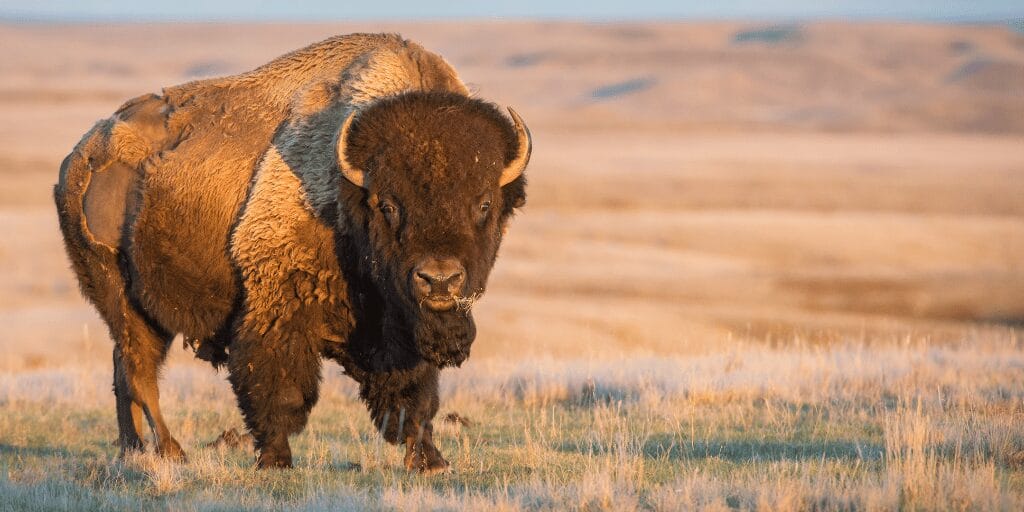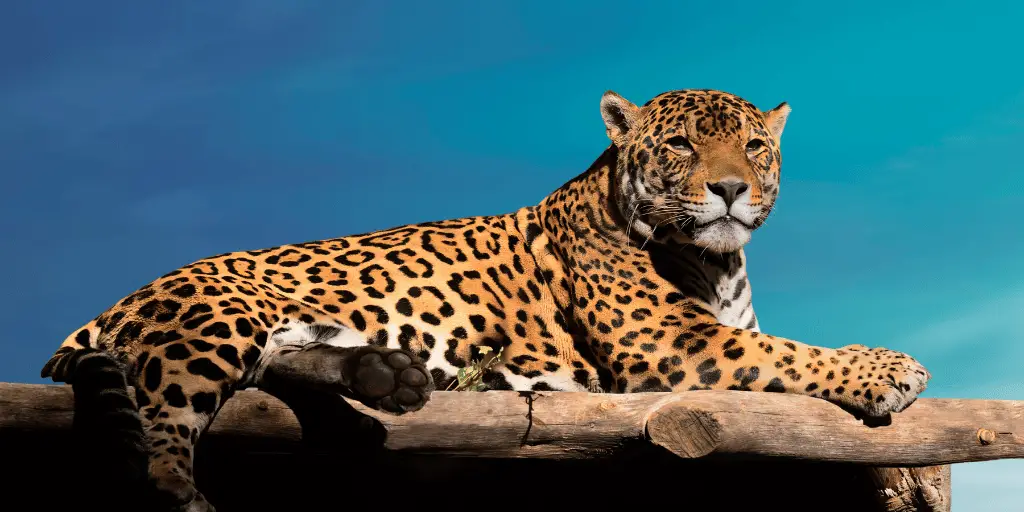Our planet is home to a remarkable diversity of wildlife adapted to thrive in habitats across every continent. Yet many of Earth’s creatures remain mysterious to us, as vast wilderness areas await intrepid explorers willing to uncover their secrets.
Each continent hosts a unique collection of animals shaped over eons by climate, geology, and other environmental pressures. As a result, traversing the globe brings endless surprises.
The curiosities discovered by scientists on expeditions to remote rainforests, deserts, mountaintops, and more kindle the imagination.
What exotic species might we still discover? This article highlights the joys of studying wildlife from every continent. It spotlights remarkable adaptations that enable animals to thrive. And it previews what future explorations may reveal in Earth’s farthest corners where wildlife roams free.
North America

North America’s expansive landmass encompasses every type of habitat—from dry deserts to frigid tundra, temperate forests to tropical wetlands. This diversity of ecosystems supports a spectacular variety of animal life uniquely adapted to each region.
The great bison herds of the Great Plains symbolize the grasslands, while grizzly bears and bald eagles represent the rich forests of the north. Desert-dwelling animals like roadrunners and Gila monsters thrive in the dry southwestern landscapes.
With habitats ranging from the Sonoran Desert to the Aleutian Islands, North America provides a living environment to study how animals adapt and specialize to their surroundings.
Even familiar species like black bears show distinct differences in size, diet, and behavior between northern and southern populations. No matter the landscape, North America offers glimpses into the wonderful diversity of our natural world.
For more on unique North American birds, see the article “Common Types of Woodpeckers Found in North America.” And for information on iconic fish, check out “6 Types of Trout Found in North America.“
Europe
Europe’s epic history and culture are matched by its diversity of landscapes and animal life. Human civilization has dominated this continent for millennia, yet wilderness still remains. Europe’s animals have adapted alongside human settlements, from brown bears roaming mountain forests to podges foraging city parks.
Mediterranean olive groves give way to Alpine meadows in the span of just a few hundred miles. This variety of habitats, shaped by climate, topography, and geology, supports species as diverse as red deer in Scotland to elephants in ancient Rome.
As the most western part of the continent’s connected landmass, Europe marks the transition between Asian and Atlantic fauna. Animals like European bison and Iberian lynx are found nowhere else. And even widespread species show unique adaptations here.
With modern conservation, disappearing European species may soon reappear. There are now bison again roaming Germany’s forests, while bears, wolves, and other large carnivores are returning across their former range. As human activity once depleted Europe’s heritage, thoughtful stewardship now restores it.
For more on the mammals, birds, reptiles, fish, and invertebrates inhabiting this region, see my article “Different Types of Animals That Live in Europe.”
Asia

Spanning tundra, rainforests, mountains, and deserts, Asia is the world’s largest continent – and home to an unparalleled diversity of animals. This vast land is home to well-known species like giant pandas and Siberian tigers alongside a multitude of lesser-known but equally wondrous wildlife.
In the Himalayas stalk snow leopards are nearly invisible against craggy peaks. Hot South Asian jungles hide colorful birds and the world’s largest moth.
Even urban dwellers encounter the occasional monkey or civet wandering city blocks. Amazing discoveries still await: scientists identified the elusive Asian muntjac deer wandering Vietnam’s forests just this past century.
As human impacts continue reshaping Asian ecosystems, documenting and conserving its bountiful biodiversity has never been more important.
For an overview of mammals, birds, reptiles, and amphibians across this continent, see my article “A Guide to Animals in Asia.”
Africa
Africa rightfully earned its reputation as the cradle for some of Earth’s most iconic wildlife. Roaming savannas dotted with baobab trees, rainforests covered with vines, and the timeless expanse of the Sahara desert provide the backdrops for a spectacular array of animal life.
Lions, leopards, elephants, rhinos, hippos, zebra, ostriches, and antelopes all originate from this megadiverse continent.
The Serengeti hosts one of Earth’s great wildlife spectacles – the annual migration of over a million wildebeest joined by zebras and gazelles tracking the rains across hundreds of miles.
Meanwhile, pygmy hippos paddle along West African rivers, colonies of pink flamingos ring alkaline lakes, and chameleons and geckos inhabit Madagascan forests showcasing only a fraction of Africa’s biodiversity.
As human activities consume natural landscapes for agriculture and development, preserving Africa’s prodigious but threatened wildlife heritage for future generations is an immense challenge.
Only through conscientious conservation efforts can we ensure lions still prowl the savanna, elephants migrate through the underbrush, and Africa’s bountiful biodiversity persists.
South America

The sublime expanse of the Amazon rainforest nurtures some of Earth’s most astonishing wildlife. Jaguars stalk riverbanks, electric eels electrify waterways, and vibrantly plumed macaws gather by the hundreds, representing just a snippet of South America’s rich biodiversity.
Amazing rainforest creatures like tree sloths, poison dart frogs, and giant anteaters have adapted to the complex ecology of the jungle over millennia. Meanwhile, the glaciated peaks of the Andes host wildlife specialized to the alpine heights including spectacled bears and sure-footed vicuña.
Pampa grasslands sustain manned wolves and Brazilian guinea pigs while Magellanic penguins waddle along Pacific and Atlantic coastlines.
As the Amazon faces threats from logging, mining, and agriculture, safeguarding South America’s stunning wildlife takes on new urgency.
Potentially thousands of species have yet to be described by science, underscoring why preserving habitats remains vital to ensure South America’s unique species endure.
Australia
Having been isolated for eons, Australia nurtured a wondrous range of wildlife found nowhere else. Marsupials take center stage, from bounding kangaroos and koalas munching eucalyptus to burrowing wombats and diminutive honey possums.
Yet animals like the platypus and colorful parrots, finches, and cockatoos further highlight Australia’s uniquely evolved animals.
Scientists estimate some 90% of Australian animal species live only on this continent or nearby islands. This singular fauna stems from Australia’s long separation, with creatures adapting over millions of years into ecological niches occupied elsewhere by placental mammals.
But isolation has a cost: Australia suffers the world’s worst mammal extinction rates from threats like invasive species and habitat destruction. Protecting survivors like the Tasmanian devil and numbat matters more than ever.
Sustained conservation commitment offers hope of preserving Australia’s natural heritage brimming with some of Earth’s most wondrous and oddest wildlife for generations to come.
Antarctica
Few places rival the stark beauty and punishing conditions of Antarctica. Frigid, wind-whipped, and cloaked in ice, this polar extremophile nurtures uniquely adapted wildlife.
Iconic species like emperor penguins, Weddell seals, and orcas endure endless winter darkness and summer months bathed in perpetual sunlight.
Hardy microbial denizens of this frozen continent convert scant organic matter into nutrients sustaining delicate food webs. Krill swarm by the billions, providing meals for fish, penguins, and baleen whales while adapted seals hunt the seas.
Carpeted with lichens and mosses, coastal oases provide nesting grounds where penguins watch over eggs and chicks.
Antarctica’s remoteness once protected it from extensive human incursions. But as climate change and industrial fishing shrink sea ice, pressure builds on this fragile polar biome.
Safeguarding Antarctica’s diverse yet resilient wildlife from further disruptions remains critical for preventing irreversible damage to this glistening, beguiling environment.
Final Thought on Exotic Wildlife from Every Continent
Our planet’s continents, each with unique landscapes and environments, collectively have a spectacular diversity of wildlife. North America’s bison roam grasslands just as tigers prowl Asia’s jungles and elephants Africa’s savannas.
Australia’s marsupials scamper across landscapes lacking placentals found elsewhere. Simply put, life adapts wonderfully to fill ecological niches across diverse ecosystems worldwide.
Yet for all its diversity, wildlife faces mounting threats from humanity’s expanding footprint. Habitats giving unique regional fauna refuge for millennia dwindle daily. Preserving cherished species like pandas, gorillas, koalas, condors, and whales grows more complicated by the year.
Only through increased conservation commitments can we ensure Earth’s irreplaceable biodiversity endures the Anthropocene extinction crisis. Just as discovering wildlife across continents ignites the imagination, preserving these species’ future beckons urgently.
